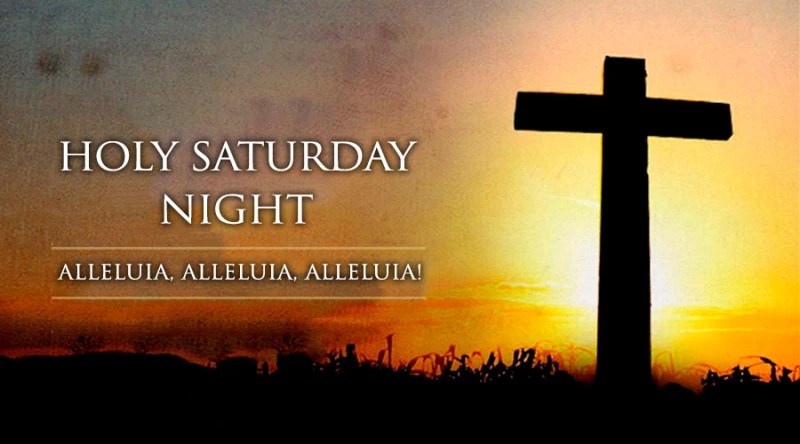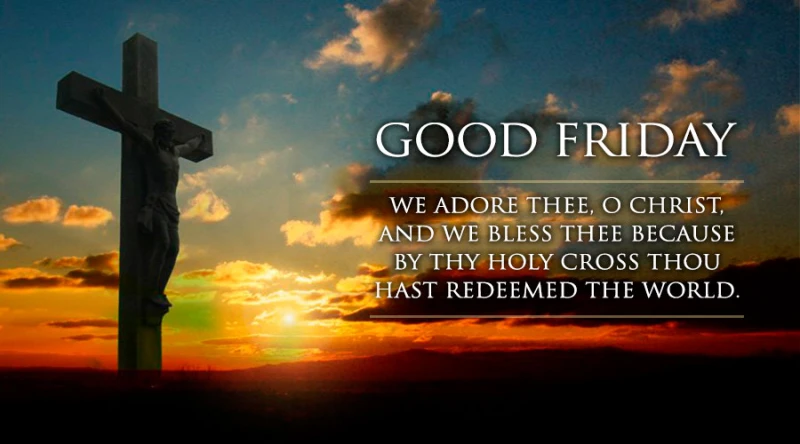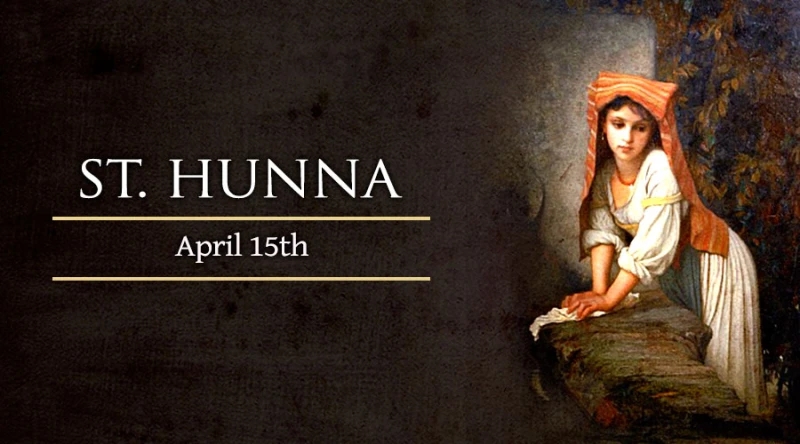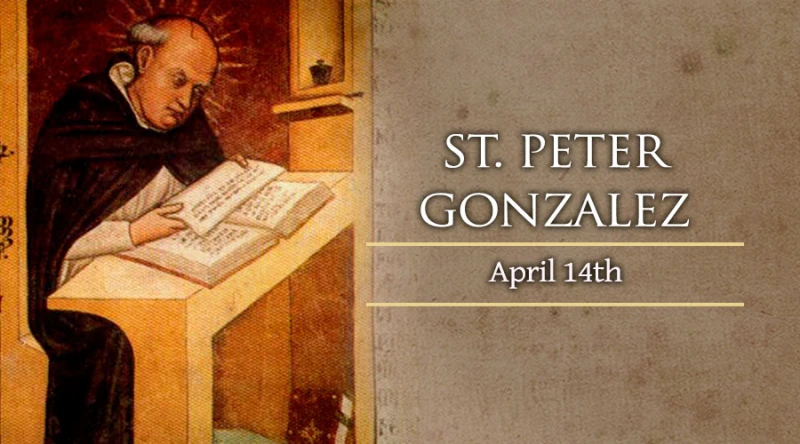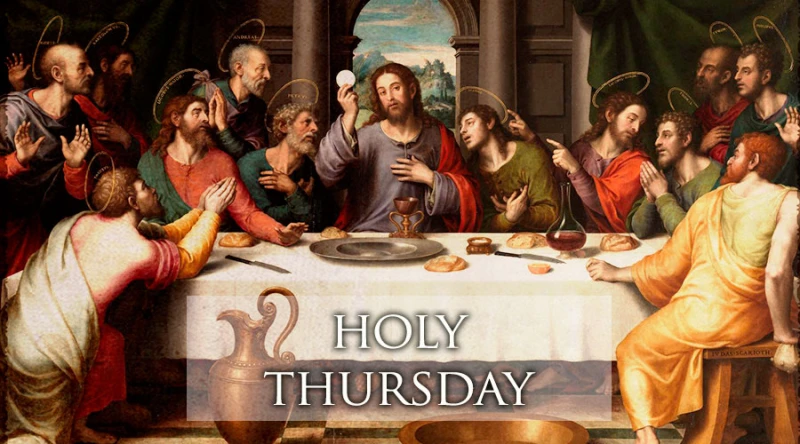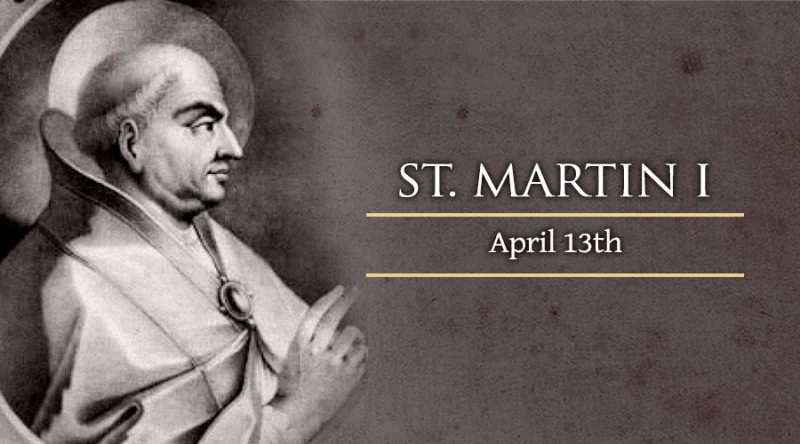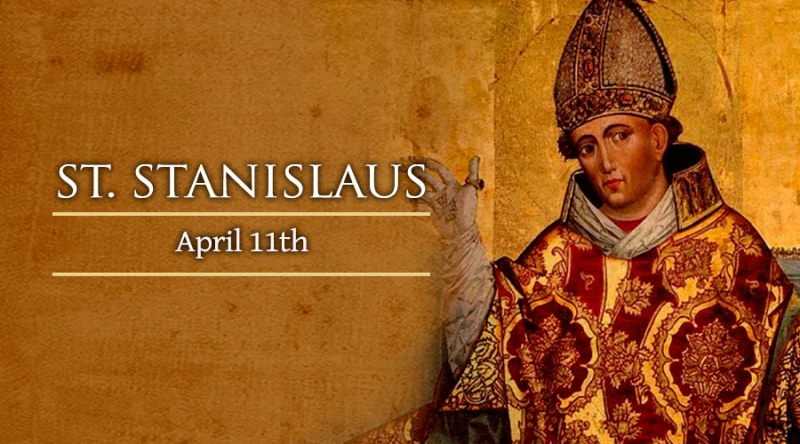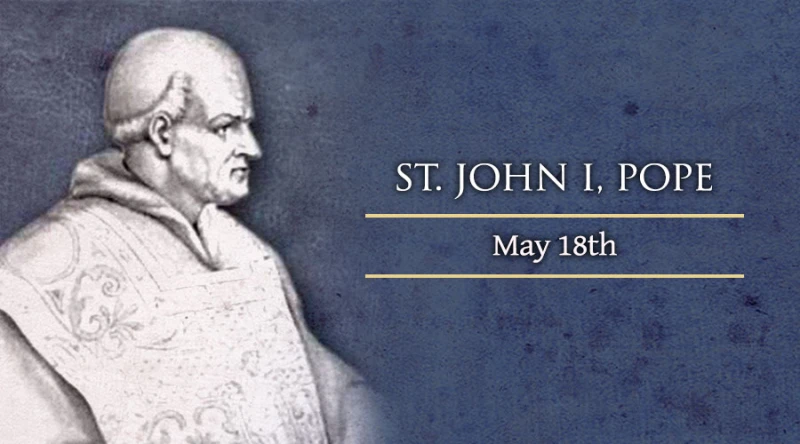 Saint Celestine V, Pope
Saint Celestine V, Pope
Feast date: May 19
Celestine is a saint who will always be remembered for the unique manner in which he was elected Pope, for his spectacular incompetence in that office, and for the distinction of being the first pontiff ever to have resigned.
Pietro di Murrone was born in born 1215 in the Neapolitan province of Moline to a poor family. He became a Benedictine monk at the age of seventeen and was eventually ordained priest at Rome. His love of solitude led him first into the wilderness of Monte Morone in the Abruzzi, whence his surname, and later into the wilder recesses of Mt. Majella. He was strongly influenced by the life of John the Baptist, and took him as his model in his religious life. His hair-cloth was roughened with knots, he wore a chain of iron encompassing his emaciated frame, and he fasted every day except for on Sunday. Each year he kept four Lents, passing three of them on bread and water only, and he consecrated the entire day and a great part of the night to prayer and labour.
As generally happens in the case of saintly anchorites, Peter’s great desire for solitude was not destined to be gratified. Many kindred spirits gathered about him eager to imitate his rule of life, and before his death there were thirty- six monasteries, numbering 600 religious, and bearing his papal name, Celestini.
The order that developed amongst those that gathered around him was approved as a branch of the Benedictines by Urban IV in 1264. This congregation of Benedictine Celestines must not be confused with other Celestines, Franciscans, who are extreme Spirituals that Pope Celestine permitted to live as hermits according to the Rule of St. Francis in 1294, but were pendent of the Franciscan superiors. In their gratitude they named themselves after the pope (Pauperes eremitæ Domini Celestine), but were dissolved and dispersed (1302) by Boniface VIII, whose legitimacy the Spirituals contested.
In 1284, Pietro, weary of the cares of government, appointed a certain Robert as his vicar and plunged again into the depths of the wilderness. It would be well if some Catholic scholar would devote some time to a thorough investigation of his relations to the extreme spiritual party of that age, for though it is certain that the pious hermit did not approve of the heretical tenets held by the leaders, it is equally true that the fanatics, during his life and after his death, made copious use of his name.
In July 1294, his pious exercises were suddenly interrupted by a scene unparalleled in ecclesiastical history. Three eminent dignitaries, accompanied by an immense multitude of monks and laymen, ascended the mountain, and announced that Pietro had been chosen as the new Pope by a unanimous vote of the Sacred College and humbly begged him to accept the honor.
Two years and three months had elapsed since the death of Nicholas IV on April 4, 1292 without much prospect that the conclave at Perugia would unite upon a candidate. Of the twelve Cardinals who composed the Sacred College six were Romans, four Italians and two French. The factious spirit of Guelph and Ghibelline, which was then epidemic in Italy, divided the conclave, as well as the city of Rome, into two hostile parties of the Orsini and the Colonna, neither of which could outvote the other.
During a personal visit to Perugia in the spring of 1294, Charles II of Naples, who needed the papal authority in order to regain Sicily, only exasperated the situation. Hostile words were exchanged between the Angevin monarch and Cardinal Gaetani, who was at that time the intellectual leader of the Colonna, and later, Pope Boniface VIII, their bitter enemy. When the situation seemed hopeless, Cardinal Latino Orsini admonished the fathers that God had revealed to a saintly hermit that if the cardinals did not perform their duty within four months, He would visit the Church with severe chastisement. All knew that he was referring to Pietro di Murrone.
The proposition was seized upon by the exhausted conclave and the election was made unanimous. Pietro received the news of his elevation with tears, but after a brief prayer, obeyed what seemed the clear voice of God, commanding him to sacrifice his personal inclination on the altar of the public welfare. Flight was impossible, even if he had contemplated it, for no sooner did the news of this extraordinary event spread abroad than multitudes (numbered at 200,000) flocked about him. His elevation was particularly welcome to the Spirituals, who saw in it the realization of current prophecies that the reign of the Holy Spirit ruling through the monks was at hand, and they proclaimed him the first legitimate Pope since Constantine’s donation of wealth and worldly power to “the first rich father” (Inferno, Canto XIX).
King Charles of Naples, upon hearing of the election of his subject, hastened with his son Charles Martel, titular King of Hungary, to present his homage to the new Pope, but, in reality, to take the simple old man into honourable custody. Had Charles known how to preserve moderation in exploiting his good luck, this windfall might have brought him incalculable benefits. As it was, he ruined everything by his excessive greed.
In reply to the request of the cardinals, that he should come to Perugia to be crowned, Pietro, at the instigation of Charles, summoned the Sacred College to meet him at Aquila, a frontier town of the Kingdom of Naples. Reluctantly they came, and one by one, Gaetani being the last to appear. Seated humbly on a simple donkey, the rope held by two monarchs, the new pontiff proceeded to Aquila, and although only three of the cardinals had arrived, the king ordered him to be crowned, and the ceremony had to be repeated in traditional form some days later, instancing the only double papal coronation.
Cardinal Latino was so grief- stricken at the course which affairs were evidently taking that he fell sick and died shortly after the coronation. Pietro took the name of Celestine V. As one of his first acts of Pope, being urged by the cardinals to cross over into the States of the Church, Celestine, at the behest of the king, ordered the entire Curia to repair to Naples.
It is wonderful how many serious mistakes the simple old man crowded into five short months. We have no full register of them, because his official acts were annulled by his successor. On September 18, he created twelve new cardinals, seven of whom were French, and the rest, with one possible exception, Neapolitans, thus paving the road to Avignon and the Great Schism. Ten days later he embittered the cardinals by renewing the rigorous law of Gregory X, regulating the conclave which Adrian V had suspended.
He is said to have appointed a young son of Charles to the important See of Lyons, but no trace of such appointment appears in Gams or Eubel. At Monte Cassino on his way to Naples, he strove to force the Celestine hermit-rule on the monks, which they humoured him with while he was with them. At Benevento he created the bishop of the city a cardinal, without observing any of the traditional forms. Meanwhile he scattered privileges and offices with a lavish hand. Refusing no one, he was found to have granted the same place or benefice to three or four rival suitors. He also granted favours without a second thought.
In consequence, the affairs of the Curia fell into extreme disorder. Upon his arrival in Naples, he took up his abode in a single apartment of the Castel Nuovo, and on the approach of Advent had a little cell built on the model of his beloved hut in the Abruzzi. But he was ill at ease. Affairs of State took up time that ought to be devoted to exercises of piety, and he feared that his soul was in danger. The thought of abdication seems to have occurred simultaneously to the pope and to his discontented cardinals, whom he rarely consulted.
That the idea originated with Cardinal Gaetani, the latter vigorously denied, and maintained that he originally opposed it. But a serious canonical doubt arose: Can a pope resign? As he has no superior on earth, who is authorized to accept his resignation? The solution of the question was reserved to the trained canonist, Cardinal Gaetani, who, basing his conclusion on common sense and the Church’s right to self-preservation, decided affirmatively.
It is interesting to notice how curtly, when he became Boniface VIII, he dispatched the delicate subject on which the validity of his claim to the papacy depended. In the “Liber Sextus” I, vii, 1, he issued the following decree: “Whereas some curious persons, arguing on things of no great expediency, and rashly seeking, against the teaching of the Apostle, to know more than it is meet to know, have seemed, with little forethought, to raise an anxious doubt, whether the Roman Pontiff, especially when he recognizes himself incapable of ruling the Universal Church and of bearing the burden of the Supreme Pontificate, can validly renounce the papacy, and its burden and honour: Pope Celestine V, Our predecessor, whilst still presiding over the government of the aforesaid Church, wishing to cut off all the matter for hesitation on the subject, having deliberated with his brethren, the Cardinals of the Roman Church, of whom We were one, with the concordant counsel and assent of Us and of them all, by Apostolic authority established and decreed, that the Roman Pontiff may freely resign. We, therefore, lest it should happen that in course of time this enactment should fall into oblivion, and the aforesaid doubt should revive the discussion, have placed it among other constitutions ad perpetuam rei memoriam by the advice of our brethren.”
When the report spread that Celestine contemplated resigning, the excitement in Naples was intense. King Charles, whose arbitrary course had brought things to this crisis, organized a determined opposition. A huge procession of the clergy and monks surrounded the castle, and with tears and prayers implored the Pope to continue his rule. Celestine, whose mind was not yet clear on the subject, returned an evasive answer, whereupon the multitude chanted the Te Deum and withdrew. A week later, on December13, Celestine’s resolution was irrevocably fixed.
Summoning the cardinals on that day, he read the constitution mentioned by Boniface in the “Liber Sextus”, announced his resignation, and proclaimed the cardinals free to proceed to a new election. After the lapse of the nine days enjoined by the legislation of Gregory X, the cardinals entered the conclave, and the next day Benedetto Gaetani was proclaimed Pope as Boniface VIII. After revoking many of the provisions made by Celestine, Boniface brought his predecessor, now in the dress of a humble hermit, with him on the road to Rome. He was forced to retain him in custody, lest an inimical use should be made of the simple old man.
Celestine yearned for his cell in the Abruzzi, and managed to escape at San Germano, and to the great joy of his monks reappeared among them at Majella. Boniface ordered his arrest, but Celestine evaded his pursuers for several months by wandering through the woods and mountains. Finally, he attempted to cross the Adriatic to Greece but, driven back by a tempest, and captured at the foot of Mt. Gargano, he was delivered into the hands of Boniface, who confined him closely in a narrow room in the tower of the castle of Fumone near Anagni (Analecta Bollandiana, 1897, XVI, 429-30).
Here, after nine months passed in fasting and prayer, closely watched and attended by two of his own religious, though rudely treated by the guards, he ended his extraordinary career in his ninety-first year. That Boniface treated him harshly, and finally cruelly murdered him, is a calumny. Some years after his canonization by Clement V in 1313, his remains were transferred from Ferentino to the church of his order at Aquila, where they are still the object of great veneration. His feast is celebrated on May 19.

